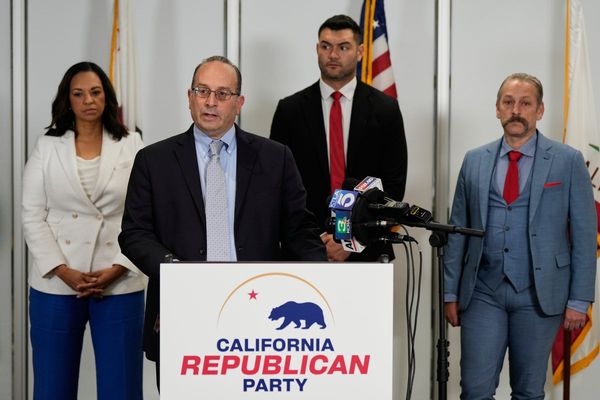
Over the last few days, a storm has been brewing on YouTube, with several popular content creators accusing news agency ANI of pressuring them to purchase rather expensive copyright licences unless they want their channels deleted – for allegedly using content without the requisite copyright licences.
YouTube currently has a three-strike policy for copyright infringement, according to which a copyright owner can submit a “copyright removal request” if their content is used without their permission. The platform issues a “copyright strike” to the channel using copyrighted content once the legal team determines there is a valid case. If the channel receives three “copyright strikes” within 90 days, YouTube can delete the channel and all its content. There is little that a content creator can do to remedy the situation.
So far, the main defence offered by content creators is that their use of ANI’s content qualifies as “fair use” – which is an exception to copyright infringement under Indian law. While that may be a valid defence, little attention is being paid to the “safe harbour” clause that was inserted into the Copyright Act in 2012.
What is the ‘safe harbour’ clause?
A “safe harbour” clause in the law typically refers to a provision which provides a degree of immunity from legal action despite violation of the law.
In the case of the internet, the Digital Millennium Copyright Act enacted in 1998 by the US Congress, had pioneered the “safe harbour” clause for different classes of “intermediaries”, providing them with limited legal immunity from claims of copyright infringement. “Intermediaries” in this context being service providers providing the infrastructure for users to access the internet, store and share content. For example, Internet Service Providers (ISPs) and platforms like YouTube hosting third party content can qualify as intermediaries.
The logic back in 1998 was that since online intermediaries had no control or knowledge of the actions of their users they should be provided with immunity until such time that they were notified of the infringing activity. Without this “safe harbour” clause, platforms like YouTube would have been financially unviable since YouTube would likely also be held liable for copyright infringement committed by its users. This would have been an expensive proposition especially in the American context. Since the enactment of the DMCA, Big Tech’s content moderation policies for copyright infringing content have been drafted in a manner to primarily comply with American law.
However copyright law is territorial in nature, which means that each country can enact their own copyright law and determine the extent to which intermediaries can claim “safe harbour” protection.
India traditionally provided a very restrictive “safe harbour” protection via Section 79 of the Information Technology Act, 2001. This changed in 2012, when the Copyright Act was amended to create a very specific “safe harbour” clause for copyright infringement in the form of Section 52(1)(c). As per this provision, YouTube is required to take down infringing content for only 21 days within which time the copyright owner is required to secure a court order establishing copyright infringement. If an order from the court is not secured within this timeframe, YouTube may restore access to the content.
The entire text of the provision is reproduced below:
(c) transient or incidental storage of a work or performance for the purpose of providing electronic links, access or integration, where such links, access or integration has not been expressly prohibited by the right holder, unless the person responsible is aware or has reasonable grounds for believing that such storage is of an infringing copy:
Provided that if the person responsible for the storage of the copy has received a written complaint from the owner of copyright in the work, complaining that such transient or incidental storage is an infringement, such person responsible for the storage shall refrain from facilitating such access for a period of twenty-one days or till he receives an order from the competent court refraining from facilitation access and in case no such order is received before the expiry of such period of twenty-one days, he may continue to provide the facility of such access;
Simply put, this provision spares YouTube of the contentious job of making legal determinations of copyright infringement since that cost will now have to be borne by copyright owners and the taxpayers who are funding the courts. This could spare them investment in legal teams necessary to make the determination of copyright infringement. Yet, as is obvious from a reading of YouTube’s three-strikes policy for copyrighted content, the platform has ignored the “safe harbour” provision in Indian copyright law, opting instead to continue with a three-strike policy created to meet the requirements of the American DMCA.
If YouTube was in fact following the requirements of Section 52(1)(c), it would not be required to follow a “three-strike” copyright policy resulting in the threat of deleting the entire channel of a content creator. Without the threat of YouTube’s “three-strike” copyright policy, ANI would lose significant leverage in negotiations with content creators. This loss of leverage combined with ANI having to factor in costs of (very uncertain) litigation before Indian courts will likely lead to ANI making far more reasonable demands from content creators.
That said, if content creators seek to pre-empt action against their channels, they can seek legal relief claiming the accusations against them are “groundless” under Section 60 of the Copyright Act. They could secure an injunction restraining YouTube from deleting their channels until the court determines whether the channels are indeed liable for copyright infringement. They could also lobby YouTube to modify its “three-strike” copyright policy to comply with Indian law.
The writer is the co-author of Create, Copy, Disrupt: India’s Intellectual Property Dilemmas (Oxford University Press; 2017).
Small teams can do great things. All it takes is a subscription. Click here to support our work.
Newslaundry is a reader-supported, ad-free, independent news outlet based out of New Delhi. Support their journalism, here.







